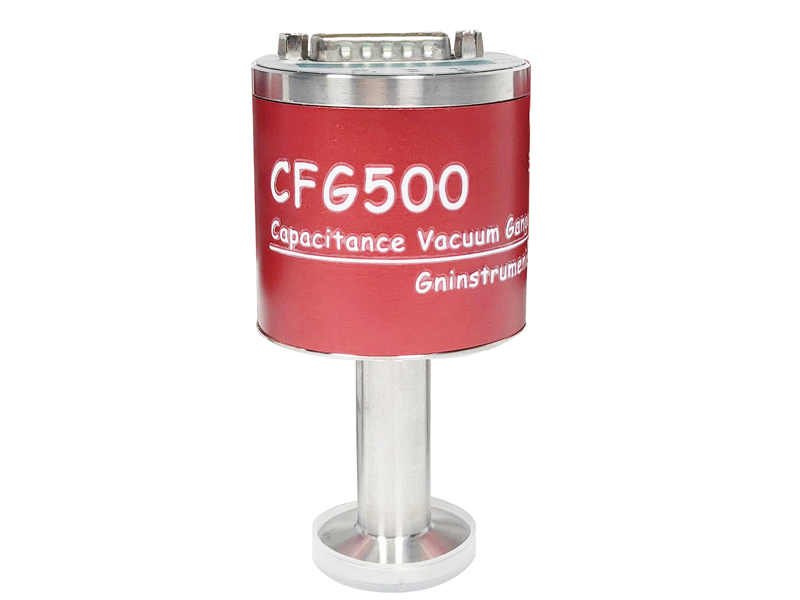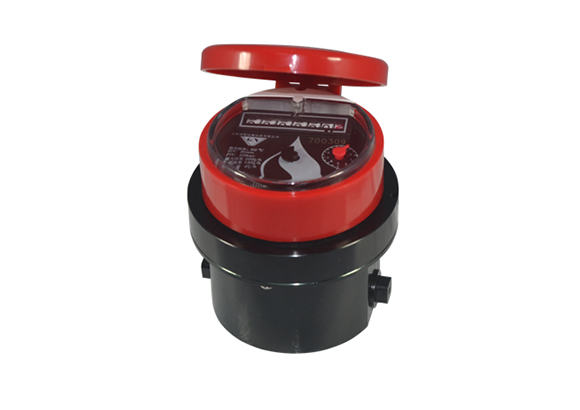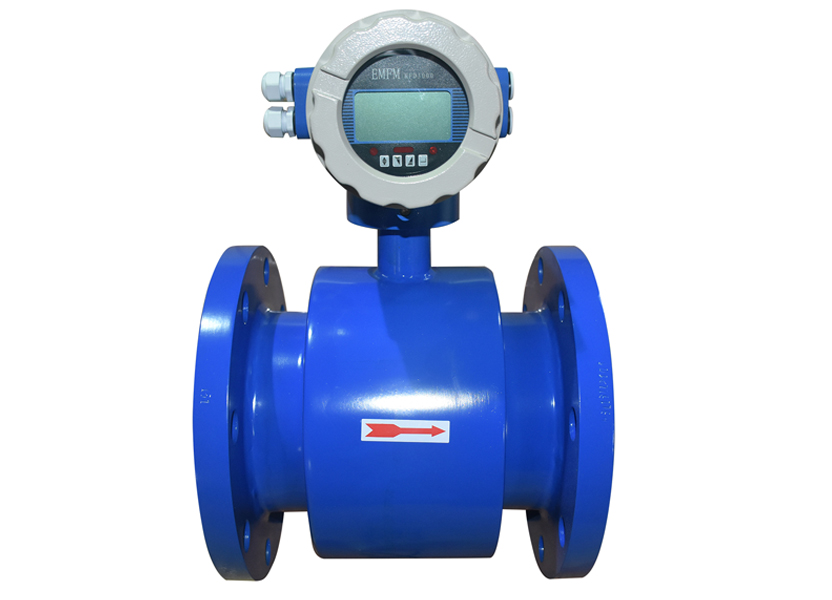M series LPG Liquefied Gas flow meter is positive displacement meter for liquids. They are designed for liquid
metering both in transfer and process control applications. Thanks to their design they are
easy to keep and can suit a wide range of applications. The meter consists of a housing where
two bladed displacement rotors and a central single blocking rotor turn in synchronized
relationship within three cylindrical bores with no metal-to-metal contact within the meter
element. Each rotor is supported on either end by a bearing plate through which the rotor
shafts protrude.
The bladed displacement rotors, alternately move through the two half-cylinder bores of the
meter element, while the single blocking rotor rotates within its bore in such a way as to
produce a continuous capillary seal between the unmetered upstream product and the metered,
downstream product.
At one end of each rotor shaft is a timing gear. The blocking rotor gear, having twice the
number of teeth of each of the displacement rotor gears, rotates at half the RPM of the
displacement rotors.
3.0 Typical Application:
Typical Application of Aluminum Construction
Class 1 meter: refined petroleum products, such as gasoline, fuel oil, dieselfuel, kerosene,
ethylene glycol, motor oils and rotogravure ink.
Class 2 meter : aviation gasolineand jet fuels.
Class 3 meter: a wide variety of products such as: liquid sugars, corn syrup, corn sweetners,
dextrose, fructose, sucrose, maltose, lactose, corn oil, soy bean oil, cotton seed oil, coconut oil,
and shortening’s etc. rate of flow is based on viscosity to pressureloss relationship.
Class 10 meter: liquefiedpetroleum gas(LPG) including butane, isobutene, pentane, ethane,
freons and propane.
Class 14 meter: crude oil, also for heated and/or viscous liquids including animals fats, resins,
#6 oil and non-abrasive asphalt emulsions.
Class 15 meter: for metering oil or water based latex products, polyester resins, and adhesives
(neutral pH). also available for metering herbicides and nitrogen fertilizer solutions (requires
Viton and Teflonseals).
Class 16 meter: for general solvent metering, such as methanol, toluene, xylene, naphtha,
acetone, MEK, MIBK, and alcohols including ethanol.
4.0 Technical data
Flow rate: M-40-1 1 1/2”25L-250L/min
M-50-1 2”38L/min-380L/min
M-80-1 3”75L/min-750L/min
M-100-1 4”130L/min-1300L/min
M-150-1 6”225L/min-2250L/min
Max Pressure:10Bar
Standard measure unit:Liter and US Gallon for option
Repeatability: 0.05%
Type of flange: ANSI, NPT,BSPF
Strainer mesh: 80Mesh for diesel, 40Mesh for gasoline.

5.0 Installation requirement
Make sure you observed all of safety rules concerning room ventilation, temperature
control, fire prevention and fire extinguishing systems
Make all connections in order to ensure the meter and grounding device system are
equipotential.
Make sure you can get easily to fire extinguishers for your product. Consult your local
fire department for proper information about fire problems and mandatory law
dispositions
Install the meter and its accessories complying with the electric and safety standards in
force.
Prior to meterinstallation the entire piping system must be flushed, with a liquid that is
compatible with the construction of the meter
Keep the meter external surfaces clean in order to notice easily possible defects
The meter must be firmly fastened to a platform or other support regardless or its













